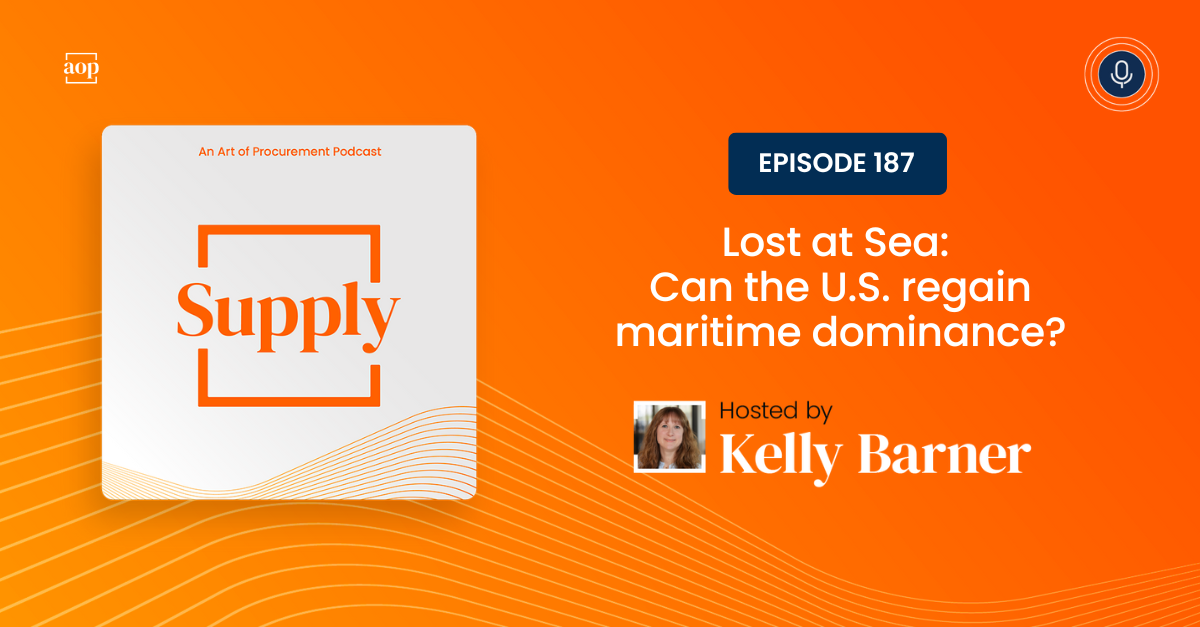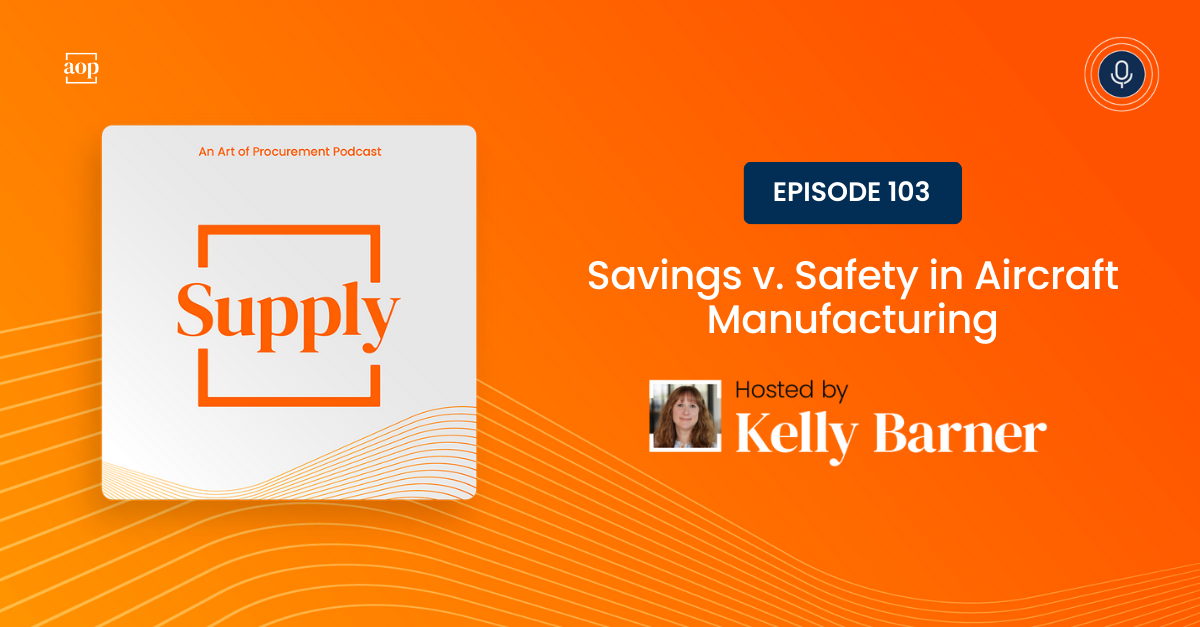
“Between 2008 and 2013, China’s fledgling solar-electric panel industry dropped world prices by 80 percent, a stunning achievement in a fiercely competitive high-tech market.” - John Fialka, Scientific American
The United States holds a majority of the patents relevant to solar panel manufacturing, but that did not stop them from losing their dominance of the industry to China. The solar supply chain - from polysilicon to wafers to cells to panels - was allowed to become a race to the bottom, determined by cost alone.
Now three companies, Corning, Suniva, and Heliene, have announced a partnership to make solar panels with 66 percent domestic content - higher than has ever been possible before. Part of what they realize is that it isn’t just manufacturing that needs to be reshored, but the entire supply chain, from raw materials to finished products.
Too Much of a Good Thing?
The Chinese government invested heavily to help companies build solar production capacity quickly. Between 2010 and 2020, their share of global polysilicon production increased from 26 percent to 82 percent, while the U.S.’s share decreased from 35 percent to 5 percent.
This didn’t go without notice. In 2012 and 2015, the Obama administration imposed double- and triple-digit tariffs on China, but it wasn’t enough to slow their momentum - and it made the panels more expensive at home. Well-intentioned though the tariffs were, solar modules in the United States cost about 80 percent more than they did in Europe at the same time.
Interestingly, China’s fast production growth was too much of a good thing, even though they had succeeded in seizing a dominant role in global solar production.
Chinese companies were making twice as many panels as people wanted to buy. As a result, prices started to plummet as manufacturers competed to unload what they had made on a market that didn’t want it.
But then China looked at the supply chain itself, and they noticed a downstream opportunity. They started paying for the electricity generated by rooftop solar, and with that new incentive added to the equation, demand soared to the point where it approached production capacity once again.
China may have saved themselves with this pivot, but they effectively doomed U.S.-based manufacturers of solar panels. Companies like SunEdison, based in Maryland, went bankrupt and restructured to be smaller. California based SunPower spun off their manufacturing capabilities in 2020, but still had to declare bankruptcy in the summer of 2024.
The one silver lining? China’s willingness to invest in the output of installed panels created 250,000 installation and maintenance jobs, helping to offset the manufacturing jobs that were lost. These new jobs were immune to being outsourced, because the services had to be performed here.
The Cost of Domestic Solar Manufacturing
China’s dominance in solar manufacturing seemed insurmountable, which is why the announcement of this new partnership is so exciting.
Hemlock Semiconductor, majority owned by Corning, sources all of its metallurgical-grade silicon from suppliers who use quartz mined in North and South America. This eliminates the need to rely upon questionably sourced and blended polysilicon from China, potentially from Xinjiang, where worries about forced labor abound.
Corning has already broken ground on a $900 Million solar component manufacturing plant in Michigan that will be operational by the end of 2025 and create over 1,000 jobs. Suniva will make polysilicon in Norcross, Georgia. Heliene will manufacture solar modules in Mountain Iron, Minnesota.
The biggest question is what all of this good news about domestic manufacturing is going to cost. While we don’t have a specific figure, we do know that it will be offset by state and federal programs.
There are a number of government incentives that will help this partnership get off the ground through operational and infrastructure investment as well as consumer tax breaks. The Michigan Strategic Fund approved nearly $110 Million in state incentives to support Corning’s plant, including workforce development grants, manufacturing property incentives, and improvements to public infrastructure. There are also lots of tax incentives associated with getting consumers to put these panels on their homes.
Of course, this brings us to the same point where China started to struggle. It makes sense for the government to offer incentives to achieve something important and costly, but they have to be careful to monitor supply and demand as well. The U.S. should learn from China’s mistake and avoid incentivizing more than we need - ensuring we have the capabilities to make solar panels here, but not starting yet another race to the bottom.




